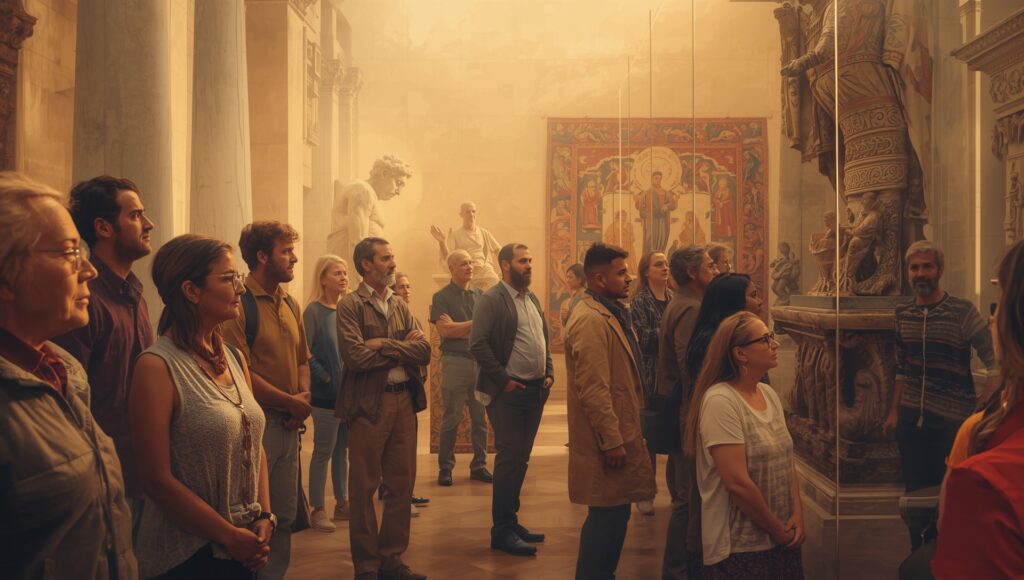
Introduction
Autism is often discussed as a modern diagnosis, but humanity has always included individuals who think, feel, and experience the world differently. Long before the term “autism spectrum disorder” existed, ancient societies across the world observed behaviors we might now recognize as autistic traits. Understanding these historical perspectives helps us appreciate how cultural values have long shaped perceptions of neurodiversity — and how far we’ve come toward acceptance.
Early Traces of Neurodiversity
Although the word “autism” was coined in the early 20th century, evidence of neurodivergent behavior appears in historical records, art, and literature. Ancient Greek physicians, including Hippocrates, described individuals who withdrew socially but possessed remarkable focus and intelligence. In parts of ancient China, scholars documented children who “lived in their own minds” yet demonstrated unique talents.
These glimpses reveal that autism-like characteristics have always existed, even if they were not named as such. What differed was how societies interpreted them.
The Cultural Lens of Understanding
In cultures that valued spiritual or philosophical insight, such behaviors were sometimes revered rather than pathologized. In Indigenous communities across North America and parts of Africa, children who behaved differently were occasionally regarded as possessing spiritual gifts or heightened perception.
Meanwhile, in medieval Europe, difference was often misunderstood through superstition or fear. Individuals who struggled socially might be labeled as “enchanted” or “cursed.” Such beliefs reflected a lack of understanding rather than the absence of empathy.
The Western Shift: From Morality to Medicine
The Enlightenment era began transforming how difference was viewed. Thinkers like John Locke and later Jean Itard reframed unusual behavior in medical and educational terms rather than moral or spiritual ones. Itard’s famous work with Victor, the “Wild Boy of Aveyron,” is often cited as one of the earliest recorded attempts at structured autism education, though the term had not yet been coined.
By the 1940s, psychologists Leo Kanner and Hans Asperger introduced “early infantile autism” and “autistic psychopathy” into medical literature, formalizing a concept that had existed for centuries without a name.
Lessons from Non-Western Cultures
Outside the West, understandings of autism-like behavior were diverse and often more communal. In Japan, for example, individuals who preferred solitude might be accepted as “hikikomori” — not necessarily diagnosed, but recognized as people who withdrew for personal or societal reasons.
In India, behavior aligned with autism was sometimes interpreted through the lens of karma or reincarnation. Although such interpretations could be stigmatizing, they also provided meaning within a spiritual framework that made sense to local families.
Across Africa and Latin America, storytelling traditions have preserved accounts of children and adults who saw the world differently — often described as wise, creative, or touched by mystery.
Reclaiming Historical Understanding
Looking at history through a modern lens, we see that autism has never been a single story. It has been defined, redefined, and rediscovered in every culture. Some societies viewed difference as divine, others as deviant. What unites them is the enduring presence of neurodivergence — and the human need to interpret it through culture, belief, and meaning.
Today, our understanding continues to evolve. The global neurodiversity movement echoes the wisdom of ancient communities that once celebrated difference rather than suppressing it.
The Takeaway
History reminds us that autism has always existed — what changes is how we choose to see it. When we move from judgment to understanding, from labels to acceptance, we reconnect with a timeless truth: diversity of mind has always been part of humanity’s strength.
To explore how different societies view autism today, and how cultural understanding can reshape support and advocacy, read Autism Across Cultures by Laura Mitchell.
📘 Available now on Amazon: Click here